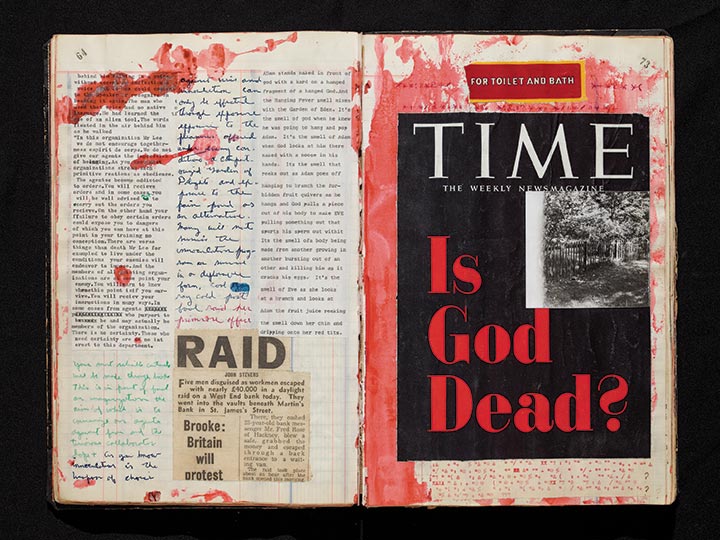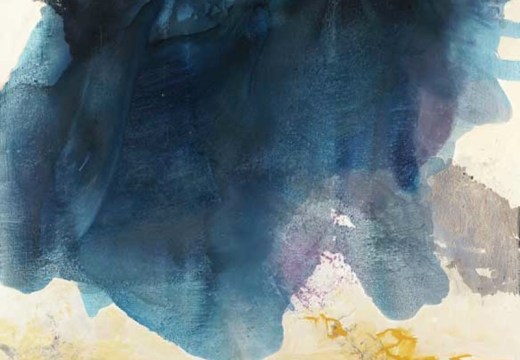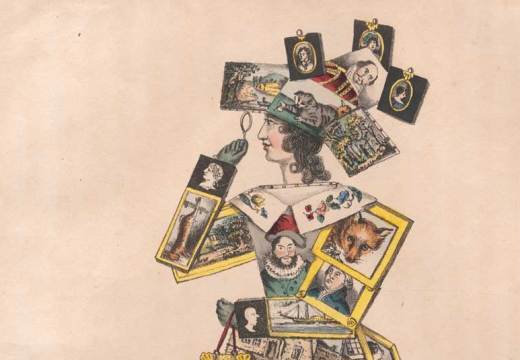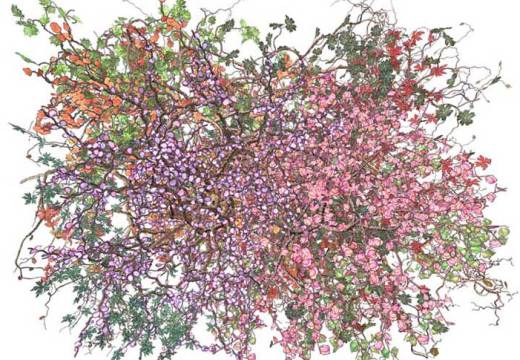The Institute of Contemporary Arts’ Reading Room is a funny little space, tucked behind the main exhibition area and underneath the bar, so that you peruse the items within (if you don’t get distracted by the promise of wine) to the sound of convivial chatting and the clink of drinks. This feels eminently appropriate, if a little nostalgic, given the ICA’s history not just of showing art, but also of bringing people together.
As if to underscore this, last year the Reading Room featured an exhibition of works and ephemera relating to the Independent Group, a discussion forum that met at the ICA while it was located in Dover Street during the 1950s. It combined several pieces by members Nigel Henderson and Magda Cordell, together with exhibition catalogues demonstrating the group’s enthusiasm for collage, which it employed both as a way of collating materials from the mass media, and as an organising structure for individual works and group displays.
The most recent show in the Reading Room – ‘Paperwork: A Brief History of Artists’ Scrapbooks’ – felt right at home in this context, documenting as it did the integral role played by the collage mentality in the production of artists including Ray Johnson, Geoffrey Hendricks, Richard Prince, Al Hansen and William S. Burroughs.
This role, of course, varied between individuals: Hansen’s scrapbooks formed a corollary to his performance, collage and sculpture, acting as a test site where he could work through ideas and try out materials; Prince’s collection of magazine advertisement tear sheets provided the basis for his appropriation photographs; while Hans-Peter Feldmann composed his book series Voyeur (1994–2011) directly from scraps culled from magazines.
It was fascinating, meanwhile, to consider how an early scrapbook kept by Johnson, while he was still a teenager, might have helped lay the ground for his later development of a mail-art network attuned to gifting and exchange. Equally, a scrapbook belonging to Burroughs and his collaborator Brion Gysin offered a fascinating, tangible insight into their joint development of cut-up poetry techniques.
There is always a danger with this kind of exhibition that, beneath their vitrines, the scrapbooks are claimed by the archive. The messiness and often decidedly non-precious nature of scrapbooks mean that they cry out to be handled, which would be of course impossible in this kind of context (although the ICA attempted to mitigate this with a digital screen showing different pages of the works on display).
At the same time, scrapbooks are often private things, shared if they are at all between small groups of people. Perhaps, then, the tension between the punters laughing away in the bar upstairs, and the distinct sense of subcultural community-building which pervaded many of the scrapbooks in this exhibition, was both inevitable, and arguably one of its most important effects.
‘Paperwork: A Brief History of Artists’ Scrapbooks’ was at the ICA, London, from 1 April–11 May 2014.
Unlimited access from just $16 every 3 months
Subscribe to get unlimited and exclusive access to the top art stories, interviews and exhibition reviews.















![Masterpiece [Re]discovery 2022. Photo: Ben Fisher Photography, courtesy of Masterpiece London](http://www.apollo-magazine.com/wp-content/uploads/2022/07/MPL2022_4263.jpg)
It’s time for the government of London to return to its rightful home